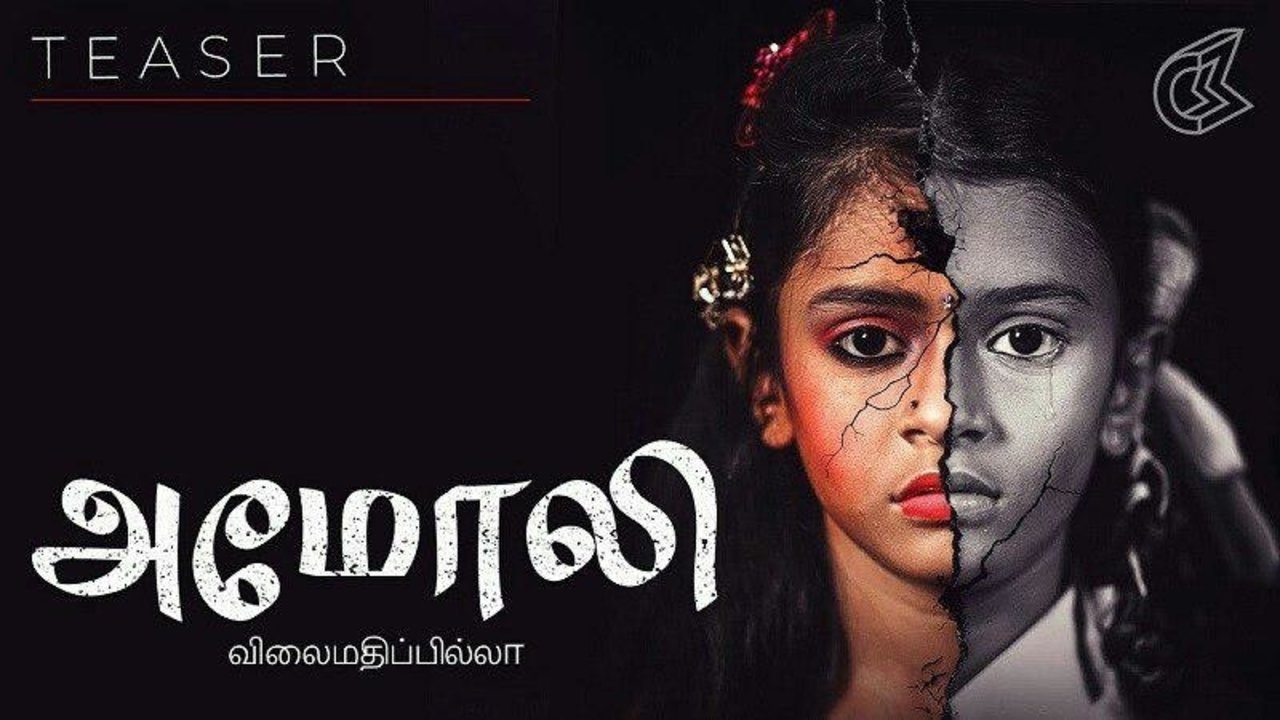
Amoli (2018)
In India, a child goes missing every 8 minutes. Where do these children go? What happens to them? This is not just a story of one missing child. This is the reality of our nation. And yet, we sit in silence.

In India, a child goes missing every 8 minutes. Where do these children go? What happens to them? This is not just a story of one missing child. This is the reality of our nation. And yet, we sit in silence.
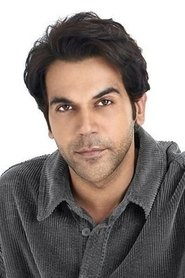 Rajkummar RaoNarrator (Hindi)
Rajkummar RaoNarrator (Hindi) Vidya BalanNarrator (English)
Vidya BalanNarrator (English) Jisshu SenguptaNarrator (Bengali)
Jisshu SenguptaNarrator (Bengali)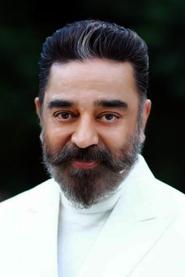 Kamal HaasanNarrator (Tamil)
Kamal HaasanNarrator (Tamil) NaniNarrator (Telugu)
NaniNarrator (Telugu)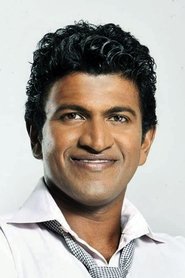 Puneeth RajkumarNarrator (Kannada)
Puneeth RajkumarNarrator (Kannada)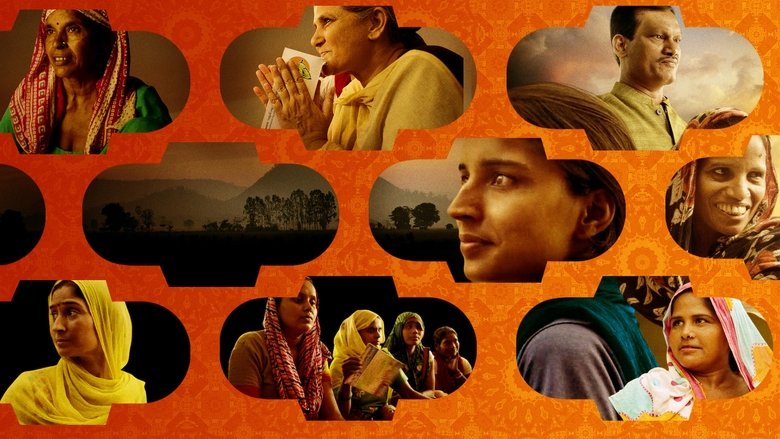
In an effort to improve feminine hygiene, a machine that creates low-cost biodegradable sanitary pads is installed in a rural village in Northern India. Using the machine, a group of local women is employed to produce and sell pads, offering them newfound independence and helping to destigmatize menstruation for all.
A filmmaker's insight into the biggest gathering on earth -the Kumbh Mela.
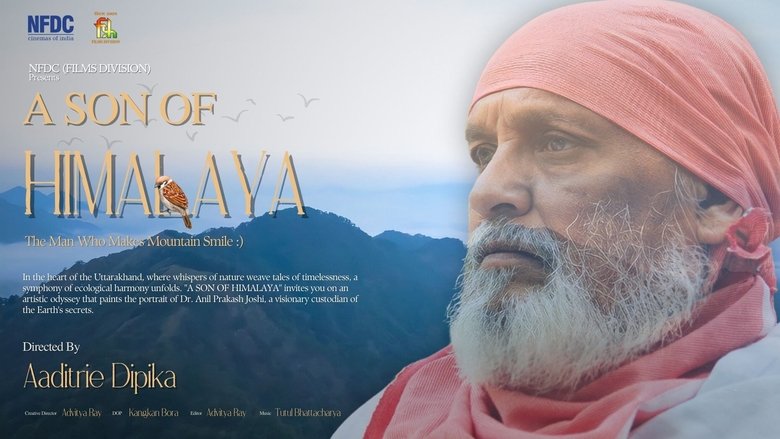
"Discover Dr Anil Prakash Joshi's Himalayan journey in 'A Son Of Himalaya". From rural roots to ecological visionary, witness his symphony of sustainability, GEP innovation, and the transformative power of nature's whispers.
Though times have changed, Ram still uses old ways of farming due to a drought in the village. His brother, Bala, goes to Bombay to earn his living. Mahadev, a Zamindar in the village, eyes Usha, the lover of Bala. Due to the drought, the crops fail in the village, and Shikh Sahib, a social worker, comes to help the farmers, and shows them new ways of farming. Ramu goes to Bombay to take a loan for cooperative farming and asks Bala to turn back to the village, but he refuses. [The film is a socio-economic study of post-independence India, blending documentary elements with narrative storytelling. The film is often described as a "simple story woven into the documentary design" and features actors like Prithviraj Kapoor and Dev Anand.]
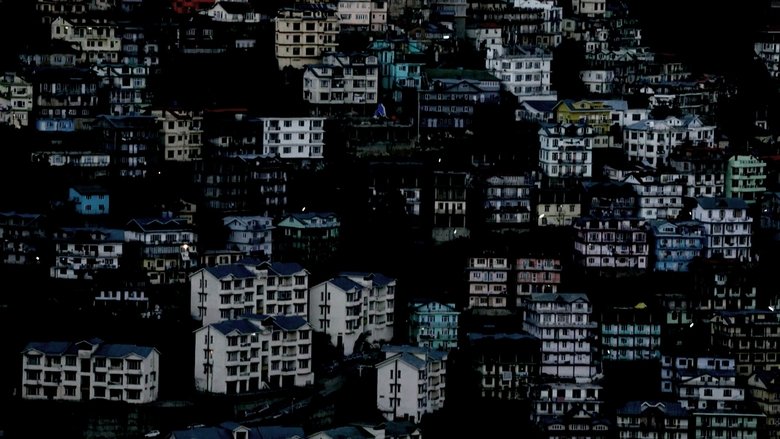
This film explores various aspects of litterateur and painter Ram Kumar's personality by structuring the film around his stories and paintings, traveling between fragments of his past, present, fiction and imagery. It strives of etch out the synthesis of word and image in Ram Kumar's creations, presenting it as a portrait of the artist himself. The text used in the film is from various short stories by Ram Kumar.
An ascetic walks through the narrow streets of a village every morning while his family is still asleep. In his semi-somnolent state he dreams about the history of the village mixing up myths, folklore and facts.
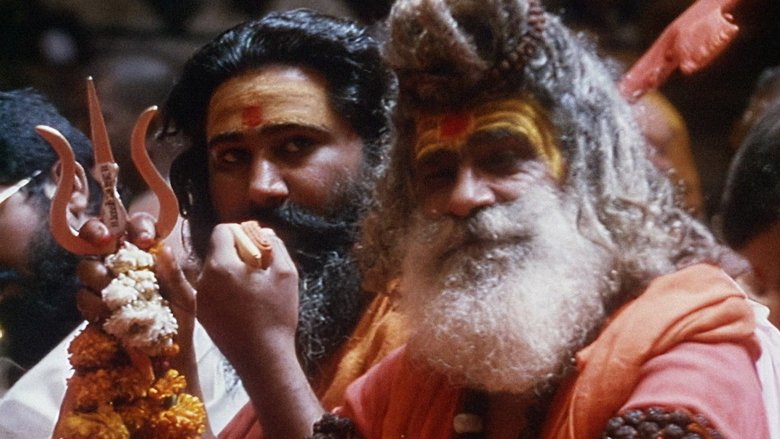
The film explores the campaign waged by the Hindu right-wing organisation Vishva Hindu Parishad to build a Ram temple at the site of the Babri Masjid in Ayodhya, as well as the communal violence that it triggered. A couple of months after Ram ke Naam was released, VHP activists demolished the Babri Masjid in 1992, provoking further violence.
Dalits, in the Indian caste system, belong to the lowest social sphere and are therefore subject to regular discrimination and violation of their basic human rights. Also referred as “untouchables,” this group was vindicated by B. R. Ambedkar, a Dalit who earned doctorate degrees abroad and fought for the emancipation of his people. In 1997 a statue honoring him was desecrated, unleashing the rage of the Dalit community, but instead of getting support by the authorities, ten persons were murdered. This documentary took 14 years to be made and it captures the music and poetry of this people, showing a tradition against superstition and religious bigotry that has strived since the times of Buddha.
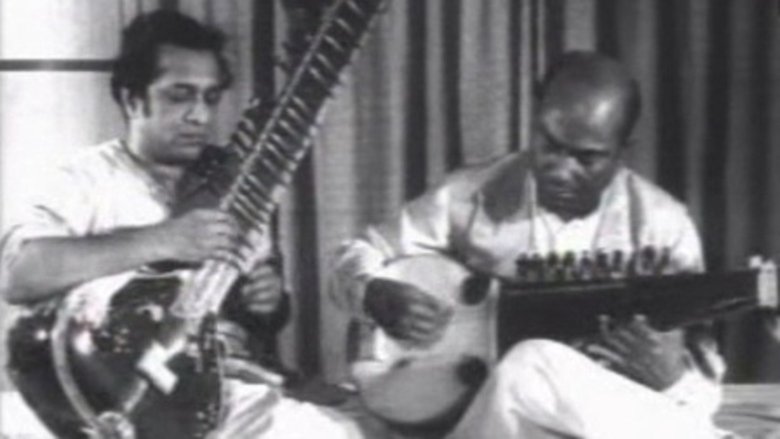
Life and disciples of legendary Indian classical musician and teacher, 'Guru' of Pandit Ravishankar, 'Baba' Ustad Alauddin Khan.
Director Shah Krishna compiled this compelling documentary of Indian cinema after spending two years searching through film archives from all over the world. Included are films from the turn of the 20th century through the 1970s to illustrate various schools of filmmaking and the historical progression of the art form.
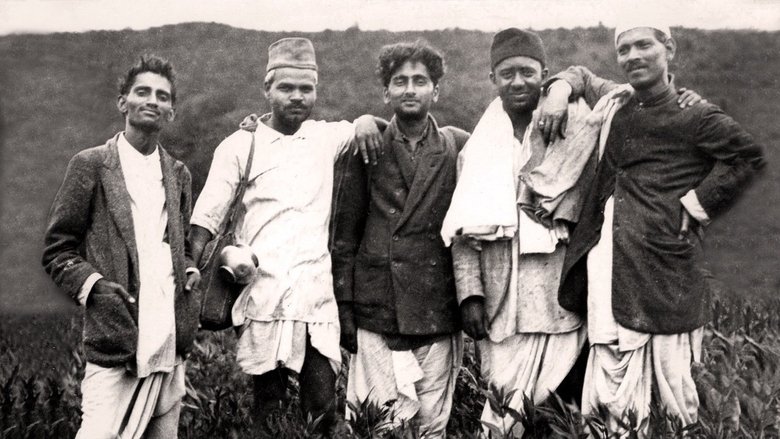
Esteemed documentarian Anand Patwardhan directs a portrait of his parents, whose families were intertwined with Gandhi and India’s independence movement. His view on history extolls unity between Hindus and Muslims, a value that needs reasserting in modern politics.
Guler, a small principality near Kangra, was an artistic and cultural wellspring since it's accidental inception in the 15th century. Many greats like painters Pandit Seu, his sons Manaku, Nainsukh, and the poet Brajraj were born here. Today the whole system of patronage under which lofty endeavours were possible even in financially austere conditions is gone. And tragically even the physical landscape is submerged under a dam. The film seeks out some traces of the submerged past, through the memories of those left behind, a condensation of a bygone civilization.
The charismatic Snow Leopard is the least understood of all the big cats and one of the most challenging to film. Over a period of five years, veteran Indian wildlife filmmakers, Naresh and Rajesh Bedi endured extreme cold and the thin air of the Himalayas in their daunting quest to reveal the secret lives of these elusive predators, ultimately with great success.

A turbulent newsroom drama that intimately chronicles the working days of broadcast journalist Ravish Kumar as he navigates a spiraling world of truth and disinformation.

In a poetic hour and a half, director Mani Kaul looks at the ancient art of making pottery from a wide variety of perspectives.
A documentary made by Ghatak observing the life of the Adivasis.
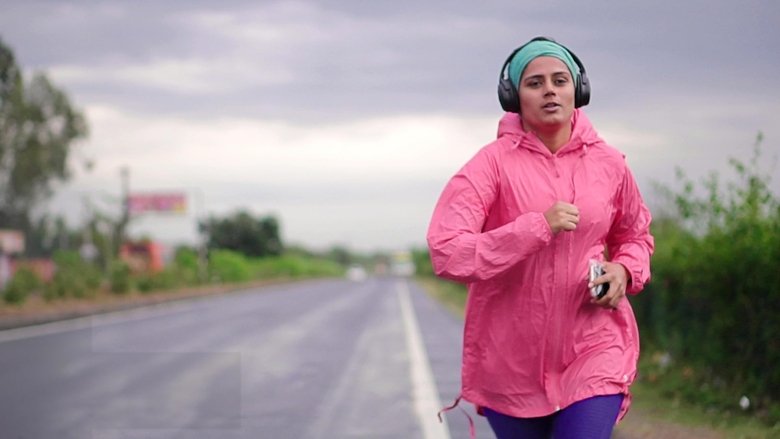
A young woman, Srishti Bakshi embarks on a monumental journey, walking almost 4000km over 240 days, from Kanyakumari in the south, to Kashmir, in the North, along the way meeting and learning first hand about the experiences of many women from all corners of India. WOMB is a poignant and heart warming documentary exploring the social and political issues faced by women of today’s India. It is a unique testament to seemingly insurmountable challenges in these unprecedented times and the everyday sheroes who are battling to overcome.
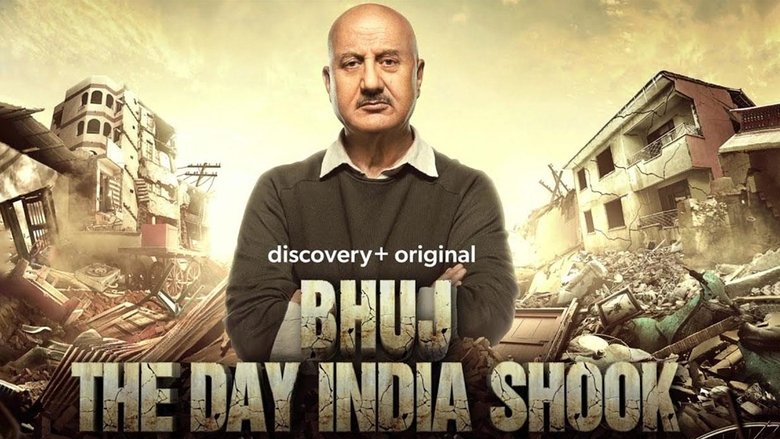
The documentary talks about of the devastating earthquake of 2001 and captures first-person accounts of survivors, rescuers, journalists, photographers, and earth scientists.
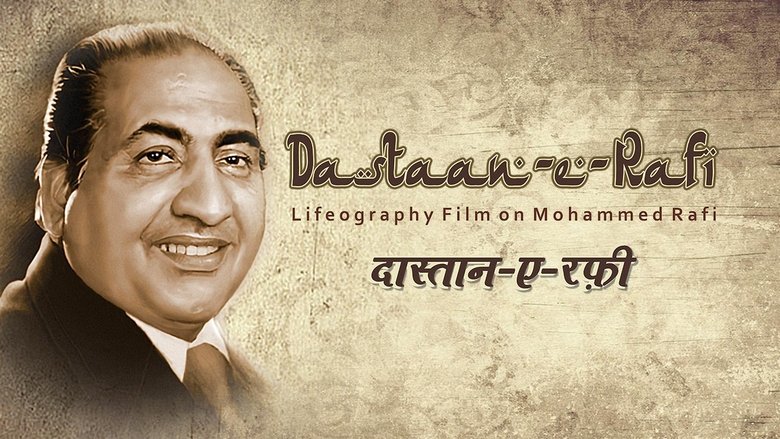
The biography of one of the greatest playback singers of Hindi cinema, Mohammed Rafi is a trip down memory lane. Fans of Rafi will love Dastaan E Rafi, a biography of celebrated singer Mohammed Rafi that showcases the celebrated singer’s extraordinary journey. The award-winning film by Shemaroo traces his life from his birth in Amritsar, to his struggle in Bombay before he got his break and his rise to stardom.
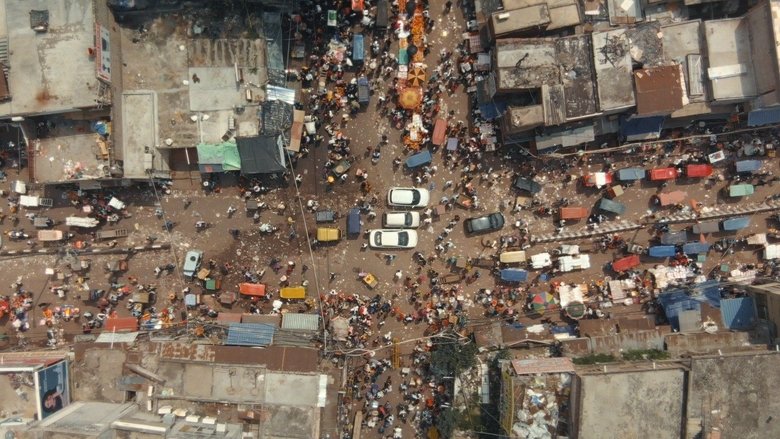
A prismatic meditation on pollution in the capital of the World’s biggest free-market democracy and the most polluted and populated city, Delhi – a film about the pollution inside of the human mind.